
CUTTING THROUGH MYTH AND PREJUDICE, HUGH BICHENO SHINES A LIGHT ON THE MOTIVATIONS AND EXPLOITS OF A UNIQUE GROUP OF CORSAIRS WHO CAME TO DEFINE AN ERA.
HUGH BICHENO sets out his stall with his opening words: Beyond basic physical attributes the Elizabethans were not much as we are today. With increasing frequency our educational and media establishments view past events through the moralizing prism of modern values, without any understanding or respect for the historical context.
It has become fashionable to condemn and even to grovel for the acts carried out over four centuries ago by a handful of English mariners. They were not nice people, it seems. They did what they did for profit instead of from selfless service to their country. The Queen they served was a receiver of stolen goods, and many of her courtiers were accomplices to outright piracy.
As Hugh points out, applying the same standards to any Renaissance state, including the Papacy, must lead to the conclusion that they were all nasty criminal enterprises. What he concentrates on instead is what made the English variant distinctive.
Sea Dogs explains how a corsair culture grew up spontaneously on either side of the western English Channel long before Hawkins, Drake & Co. were born, and continued long after their deaths. It shows how the refusal of Spanish King Philip II to permit trade with his American dominions led to a corsair assault that put at risk the flow of bullion he needed to finance his wars of religion.
Finally he hurled his sea-borne might against the maddening English and was soundly defeated, providing England with one of the defining heroic episodes of her history. The Elizabethans, Hugh concludes, were not the paladins it suited the proud Victorians to portray, nor the villains denounced today by those with a politico-moralizing agenda. They were men and women of and for their time and Hugh brings that period of our history into focus in his trademark engaging and provocative style.
Hugh Bicheno is a writer and historian with a specialist interest in politics and cutting edge conflict. His books include: Gettysburgh (2002), Midway (2002), Crescent and Cross: The Battle of Lepanto 1571 (2003), Rebels & Redcoats: The American Revolutionary War (2003), Razors Edge: the Unofficial History of the Falklands War (2006) and Vendetta: High Art and Low Cunning at the Birth of the Renaissance (2008).
Praise for other titles by Hugh Bicheno.
On Crescent and Cross:
Bicheno has all the right qualifications: now a military historian, he has had a career in intelligence, and has clearly spent some time messing around in boats ... The result is a wide-ranging and constantly engaging book, written under the pressure of real intellectual enthusiasm ... anyone who opens this book will quickly be drawn into an extraordinary world of military rivalry and power-politics.
Noel Malcolm, The Sunday Telegraph
As a narrative of the battle, Crescent and Cross is unlikely to be surpassed. Hugh Bicheno brings to his subject not only deep knowledge, but also an enviable ability to convey both the glamour and horror of sixteenth-century war.
John Adamson, Literary Review
On Razors Edge:
Bicheno understands how battles are fought, and explains those of the Falklands perhaps better than any other writer has done he knows how soldiers fight battles and has done us all a service by explaining them so well for a new generation.
Sir Max Hastings, Daily Mail
It may seem impossible for anything original to appear about the Falklands War, so much has been written about it, but Hugh Bichenos book is that thing readers will find this book gripping and discomfiting.
Sir John Keegan, Daily Telegraph
MORE GREAT TITLES FROM
CONWAY

To Eileen Gunn and the Royal Literary Fund,
without whose timely support this book
could not have been written
and to
Ian Drury of Sheil Land Associates
Editor, literary agent and friend
Hugh Bicheno, 2012
First published in Great Britain in 2012 by
Conway, an imprint of Anova Books Ltd.
10 Southcombe Street,
London W14 0RA
All rights reserved. No part of this publication may be reproduced, stored in a retrieval system, or transmitted in any form or by any means electronic, mechanical, photocopying, recording or otherwise, without the prior permission of the publisher.
Hugh Bicheno has asserted his moral right to be identified as the author of this work.
First eBook publication 2012
eBook ISBN: 9781844861903
Also available in hardback
Hardback ISBN: 9781844861743
Conway publishes an unrivalled range of books on naval history and maritime culture. For the latest Conway news, and details of forthcoming titles, please get in contact through any of the below:
 www.facebook.com/pages/Conway-Publishing
www.facebook.com/pages/Conway-Publishing
 https://twitter.com/ConwayBooks
https://twitter.com/ConwayBooks
 www.conwaypublishing.com
www.conwaypublishing.com
 www.anovabooks.com
www.anovabooks.com
CONTENTS
* Double click on all maps, illustrations and tables to enlarge them.
PROLOGUE
I n January 1578, near the coast in northern Chile, a merchant snoozing in the shade of a tree woke from his siesta to find himself surrounded by a group of armed men. They seemed to be in high good humour, and were passing around 13 bars of silver taken from the saddlebags on his mule. They looked like Spanish soldiers, wearing the familiar morrions on their heads and thickly padded doublets, but they spoke a language he did not understand.
Their leader, a stocky man with piercing eyes set in a round head with reddish-brown curly hair, a light red moustache and a pointed beard, asked by gestures where the silver came from. The merchant replied that it came from the silver mine at Huantajaya. The strange men tried but could not pronounce the word. Want-a-what-ah? asked one of them, and the rest fell about laughing.
After they departed, taking his worldly wealth with them, the merchant hurried back to the town of Tarapac, where he reported the theft to the authorities. Not long afterwards a bonded drover arrived to report an ambush by the same group of strangers, not far from the town. They had stolen his team of eight llamas, each loaded with 100 pounds weight of refined silver from the Huantajaya mine, enough to coin 12,800 pesos (pieces of eight) worth about 2,910 (equivalent to some 436,500 in 2010).
Later a pinnace arrived from Valparaso, far to the south, to report that a heavily armed ship manned by uncouth foreigners had raided the main port of Chile. They had stolen several tuns of wine from storehouses and had broken into more of the same on a ship in the harbour. Pausing only to get drunk, the foreigners looted the ship of everything portable, including a quantity of refined gold from the mines at Valdivia, further south at the fighting frontier with the fierce Araucano Indians.
Worst of all, they profaned a crucifix made of gold and emeralds, tearing the golden figure of Our Lord from it. All agreed these outrages could only be the work of the dreaded
Next page
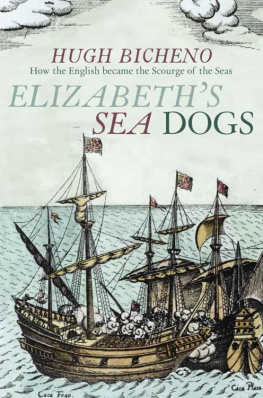
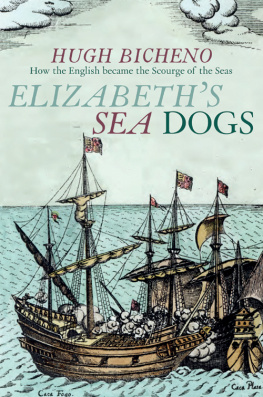
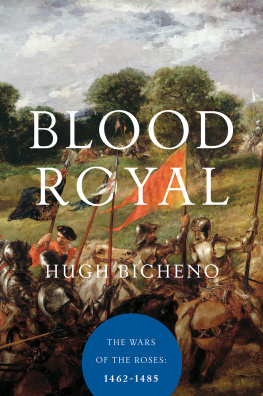
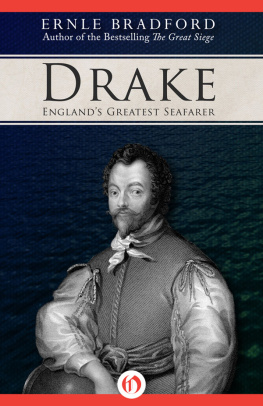

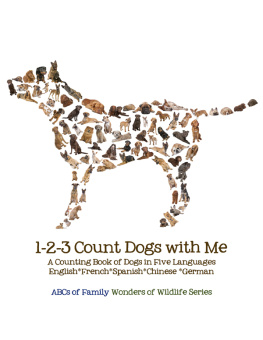
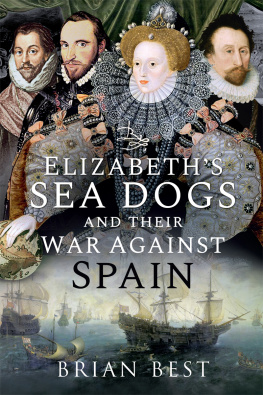



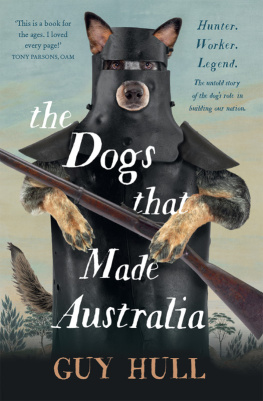
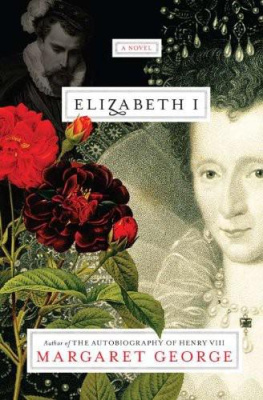


 www.facebook.com/pages/Conway-Publishing
www.facebook.com/pages/Conway-Publishing https://twitter.com/ConwayBooks
https://twitter.com/ConwayBooks www.conwaypublishing.com
www.conwaypublishing.com www.anovabooks.com
www.anovabooks.com